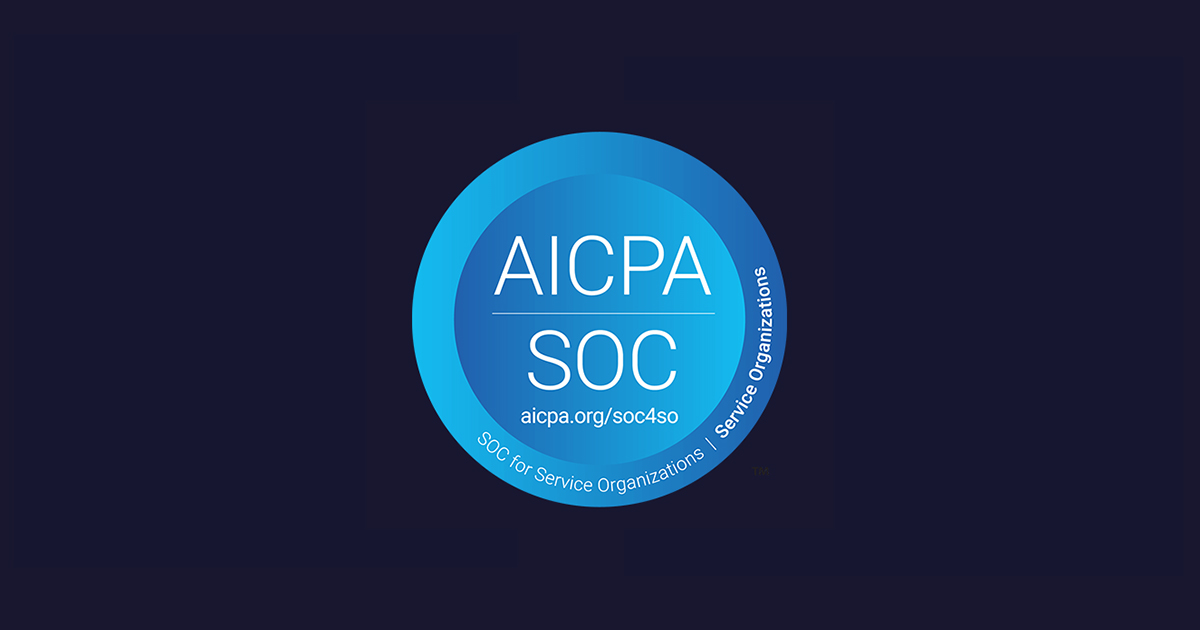Nobody likes making mistakes when it comes to the hiring process, but every once in a while, and often without their knowledge, someone is going to make a bad decision. Whether it be timing or the quality of the hire, in construction it can derail the progress of a project resulting in the need for damage control from project start-up.
The cost of ineffective handovers between pre-contracts & project delivery

In the construction industry, procurement is undoubtedly one of the most commonly duplicated tasks between pre-contracts, commercial and project delivery teams. The reality is that companies of all sizes and disciplines do not facilitate simple collaboration between the different business units. Critical supplier information gets lost in emails, spreadsheets, folders, and meetings, making it difficult to share. The end result? Wasted resources and a significant cost to the company.
The reason is simple - each business unit has a different focus which drives decision making.
For example, take an estimator. Their goal is to win work for their company. Once they're awarded a contract, the actual construction component becomes someone else's problem. So while estimators gain valuable insight into the challenges specific to each project during the tendering process, this information is often not shared and forces the project delivery team to start from scratch.
Sound familiar? We've met with many estimating teams who refer to a vendor database that is not only completely different to the project staff, but even their fellow estimating teams at the same company.
If we turn to a project manager, their focus is to turn a profit for the company. Using knowledge and experience, the project delivery team is driven to minimise costs without exposing themselves to unnecessary risk. However, too often the cheapest vendor is chosen on price alone (what about fitness for purpose? track record? locality?). Project teams continue to learn this the hard way when a supplier or subcontractors' performance is a detriment to the success of the project.
Again, this critical information is often not filtered back to the appropriate business units to take into consideration when building the next bid or letting the next contract.
These trends have real bottom-line consequences for organisations. In our experience, we've seen the lack of transparency and collaboration causes a whole range of administrative and operational risks across commercial and HSEQ teams.
Imagine the benefits from knowing a subcontractors full performance history with your organisation before engaging them on your project? Or when forming your next bid, learning that a supplier had previously caused overspend by not billing the agreed rates under the conditions of the contract?
In 2017 and beyond, centralised vendor databases will remain an increasingly important feature to improve your bottom line.
This opportunity can be realised by strengthening current procurement processes with a robust Source-to-Contract platform. In fact, Deloitte have recently reported that "companies that fully harvest the benefits of sourcing through compliance mechanisms and procurement systems can expect cost savings that range between 2 and 5%."
With construction firms spending millions per year, saving 5% through improved processes quickly becomes significant to the bottom line.
We'd love to know your thoughts on what makes handovers between teams more efficient, just share in the comments below!
If you'd like to learn more about solving procurement and vendor management problems, get in touch with the Felix team here.

Related Articles

Felix is proud to announce SOC 2 certification and GDPR compliance.
In August 2023, Felix achieved SOC 2 Type 1 certification and GDPR compliance, an exciting moment for us as we continue to hold ourselves to the highest standards for data security.


Project procurement vs. Category management for principal contractors
Procurement and supply chain management can be incredibly complex and critical for project success, especially in construction – where there are layers of subcontracting parties.
Let's stay in touch
Get the monthly dose of supply chain, procurement and technology insights with the Felix newsletter.


